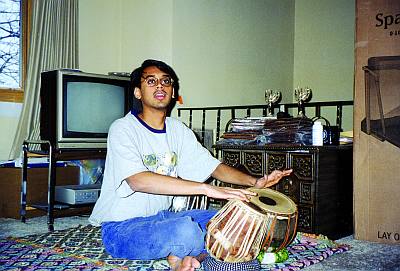(June 21, 2022) Until a few years ago, Indian chefs were belting out stunning plates of modern Indian food in some of the most popular restaurants in the West, but for US-based chef Aarthi Sampath that term “means nothing” as she says the focus has now shifted to regional cuisines. “You can now find vada pav on the menus in the US. I’m happy that Indian food is finally having its moment in America.” Though it took years to change the narrative of Indian food in the West, the shift is attracting more food lovers to authentic Indian food. Being a Tamilian raised in Mumbai, Aarthi grew up in a family that would eagerly wait to devour food at the dinner table each day. That’s how she fell in love with food, and decades later, that passion translated into work at Michelin star restaurants like Junoon and Breslin Bar in the US, made her the first Indian to win the American reality show Chopped and got her a nomination as the Culinary Icon of India in the US.
But it wasn’t always rainbows and sunshine. From facing racism in the kitchen in the US to finding her feet in a male-dominated industry, Aarthi fought hard to find her ground. And now this Indian chef is dominating the food scene in the West with her culinary prowess. “It wasn’t an easy journey but quite a learning curve for me. The perseverance and love for food helped me push through every hurdle to make a name for myself,” Aarthi tells Global Indian in a video call from New York.
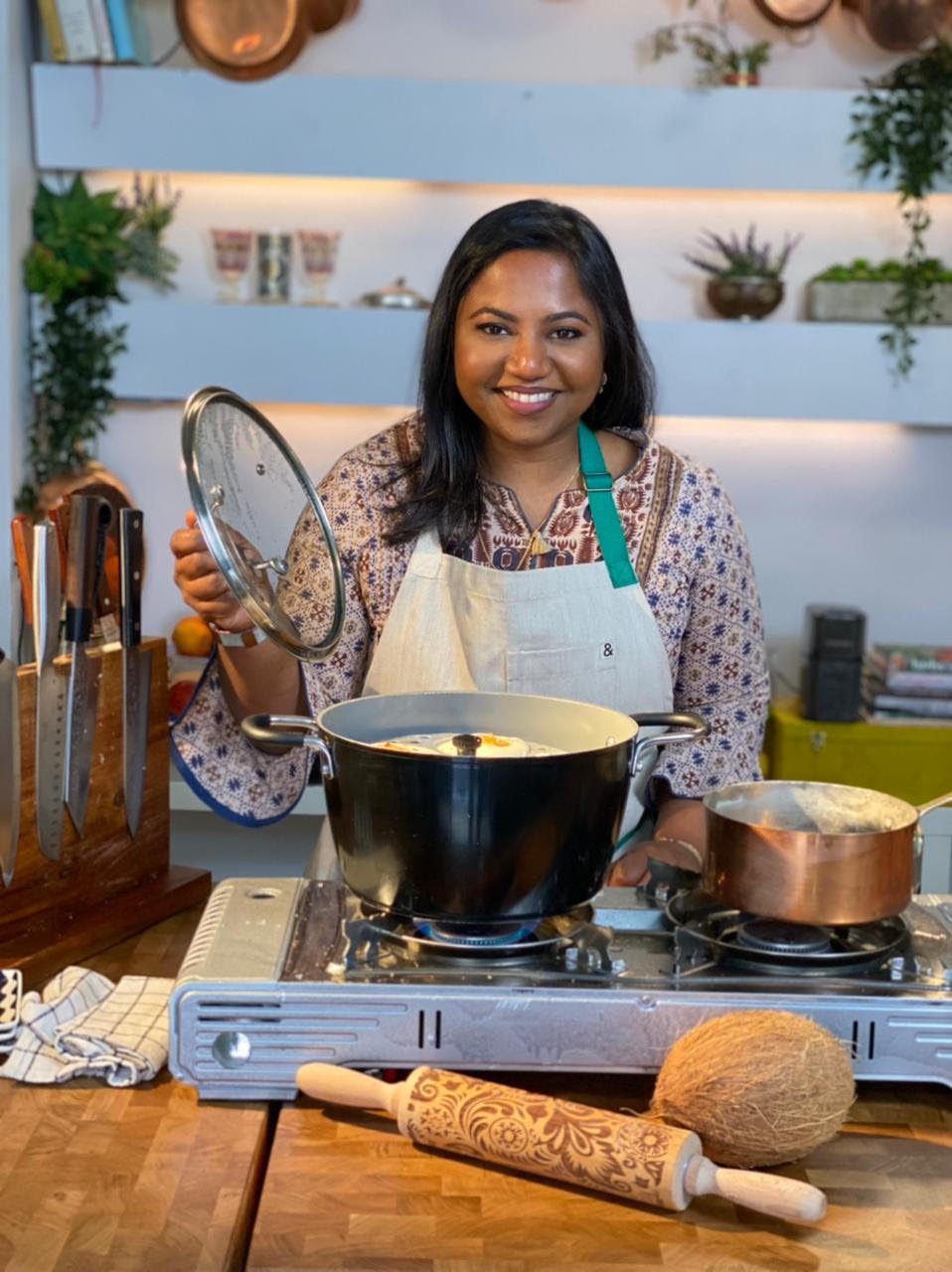
Chef Aarthi Sampath cooking up a storm in the kitchen
A childhood passion translates into a profession
The Chennai-born was in love with theatre as a kid, and acting was what she wanted to pursue as a career. But her family burst the bubble by telling her that “television is for the fair-skinned and it’s a life of struggle.” This was enough to dissuade the young talent from following a childhood dream but little did she know that life had something exciting in store for the girl who always loved food. Like every Indian household, her family, too, would happily devour food at the dinner table each day. Though her love for food was palpable, things started building up only after she saw her first cake rise in the oven.
“At age of 13, I was left mesmerised seeing how four different ingredients could end up making a delectable cake,” says the chef for whom the ball was set rolling after watching Chef Ananda Solomon cook up a storm on television. “That’s when I first thought that I also want to cook on TV,” adds Aarthi who decided to enroll in the Institute of Hotel Management in Jaipur. “My parents were not thrilled with my decision,” laughs the chef who describes her first tryst with professional cooking at The Oberoi Rajvilas in Jaipur as an intern as “shocking and hard”.
“It was difficult adjusting to the long hours at work. The very first day I worked for over 12 hours, and I instantly started regretting my decision,” laughs Aarthi who decided to power through it after finding the right inspiration in chef Mir Zafar Ali. “He is so versatile. Seeing him flip pizzas and make Italian and Indian food with such finesses, I knew I wanted to be like him,” adds Aarthi about her mentor.
The world is her oyster
Gaining some experience, she moved to the Taj Hotels in 2007 and worked with them for four and a half years before applying for a culinary program at Johnson & Wales University in the US. “Back then, TV was becoming a big thing with chefs like Gordon Ramsay taking over. I understood that New York was the epitome of the culinary world. I wanted to see what that world had to offer,” says Aarthi who was keen to smash the glass ceiling. “Most of my colleagues were quitting their jobs and I was scared that I’d be next. I wanted to explore the western style of working, and it led me to the US.”
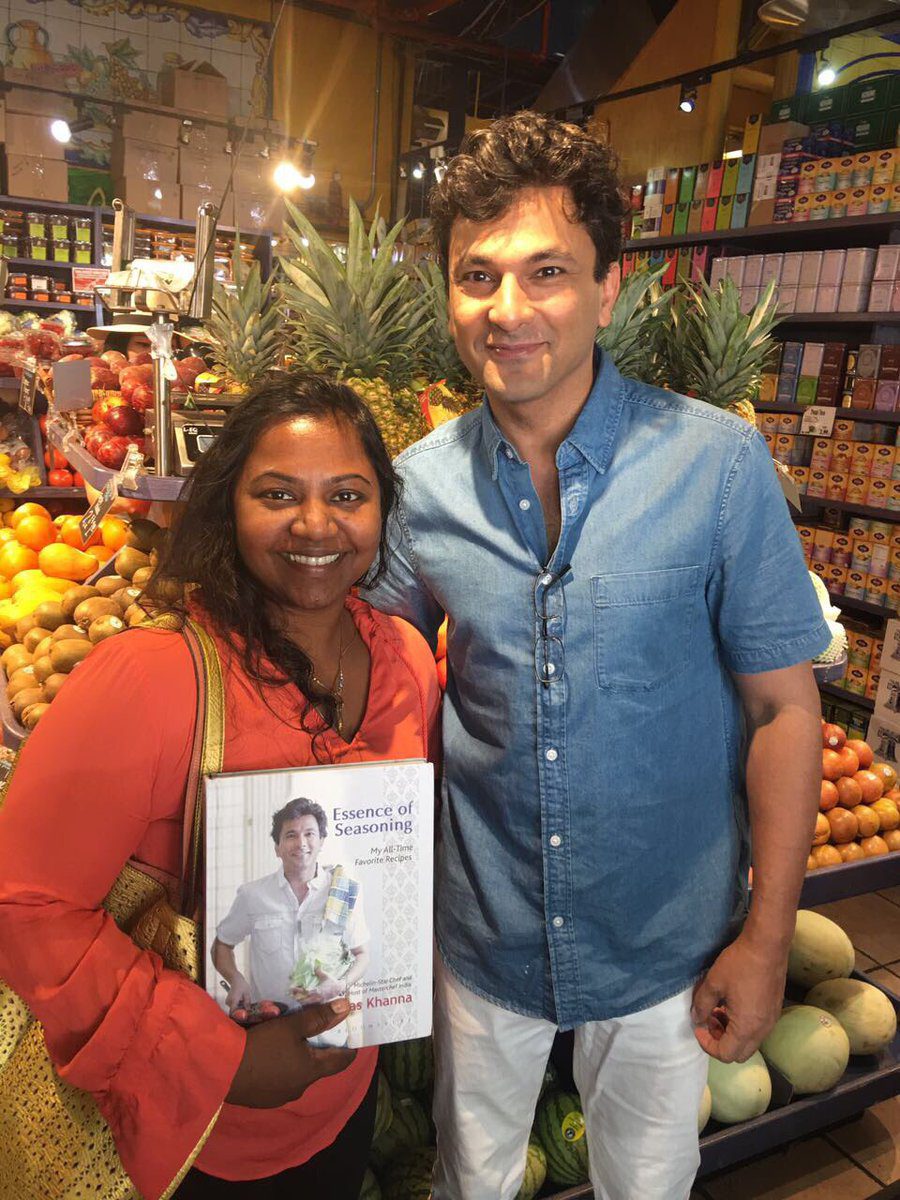
Chef Aarthi Sampath with Chef Vikas Khanna
The course led her to chef Vikas Khanna’s Michelin-starred restaurant Junoon in New York, where she worked her way up to become the executive chef before moving to the Orlando branch in Florida. However, moving to the US was “an eye-opening experience” for the 36-year-old who found a stark contrast in the workings of the two nations. “We understand and build flavours in India but here it’s more technique-driven. They believe in efficiency and speed. It changed my perspective on how to cook,” says Aarthi who was comparing everything in the beginning. “In India, I was working more with Asian food but after coming to the US, I learnt more about Indian food,” says the chef who is thankful to Junoon for giving her such expansive exposure.
Keeping her head high amid hurdles
This discovery led her to another Michelin star restaurant Breslin Bar in New York by Chef April Bloomfield. But making a mark in an otherwise male-dominated industry wasn’t an easy feat. If she had to “fight through male chauvinism in India”, she became the victim of racism in America. “There have been times when I was asked ‘why are you even cooking in the kitchen’. But I was unfazed because in my mind I would say ‘one day you will tell people that you worked with me’,” says Aarthi.
The years of training in India and the US gave this chef the confidence to participate in the American cooking reality show Chopped in 2016, which she became the first Indian to win. Years ago, she had pinned it on her vision board, and seeing it come true was surreal.
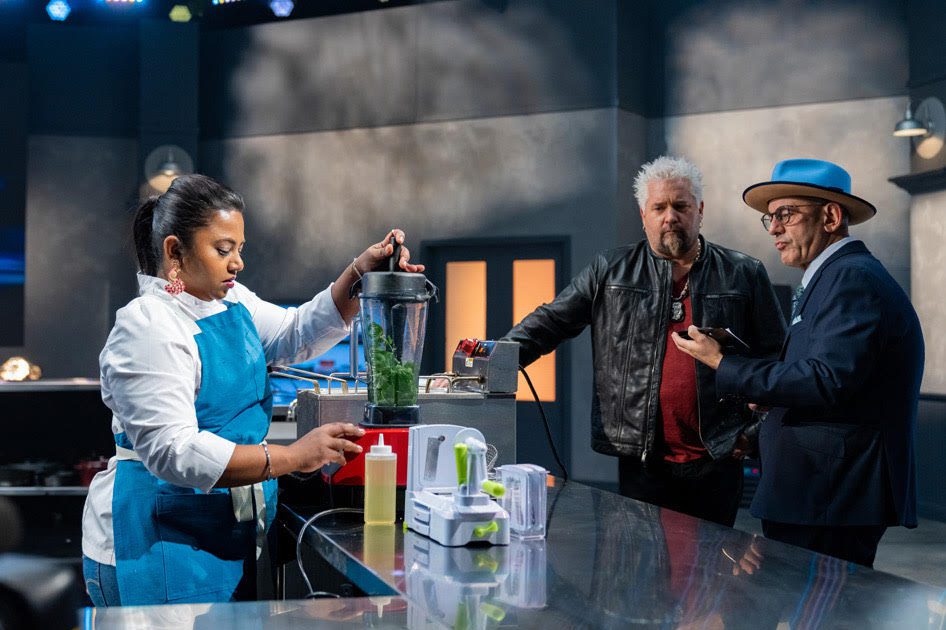
Chef Aarthi Sampath in Tournament of Champions
Giving Indian food an identity
From preparing a lavish dinner for the Billionaire’s Club Dinner hosted by Prime Minister Narendra Modi in NYC to starting her food truck to being a restaurant consultant, a lot has happened in the last six years. She was recently nominated as a Culinary Icon of India in the US, however, a modest Aarthi believes that “there are many other talented people in the industry who deserve to be on the list,” calling herself plain lucky.
The renowned chef, who returned to her roots in 2021 as a judge on MasterChef Tamil, is busy conceptualising her new restaurant that “will come alive by the beginning of the next year.”
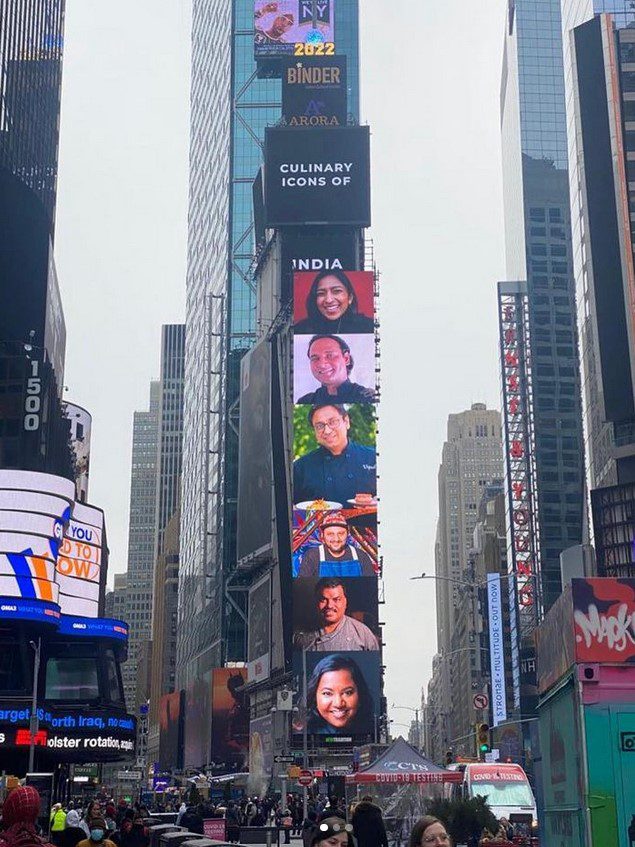
Chef Aarthi Sampath is the Culinary Icon of India in US.
Working with biggies like Breslin Bar, Rainbow Room, Chinese Tuxedo, and Baazi NYC, Chef Aarthi has seen the narrative of Indian food changing in the US in the last decade. “For the longest time, terms like ‘modern Indian food’ were catching on in the US. But now it doesn’t make sense as now people are moving to regional cuisines. The Indian chefs in the US are doing a little bit of tinkering like using less oil or adapting to the modern lifestyles, but they are proud of showcasing their food in an authentic way. A lot of chefs are using different techniques they learnt from other places and using them to create old flavours,” says Aarthi who is happy that Indian food is having its moment in America.
Follow Aarthi Sampath on Instagram, Twitter and Linkedin


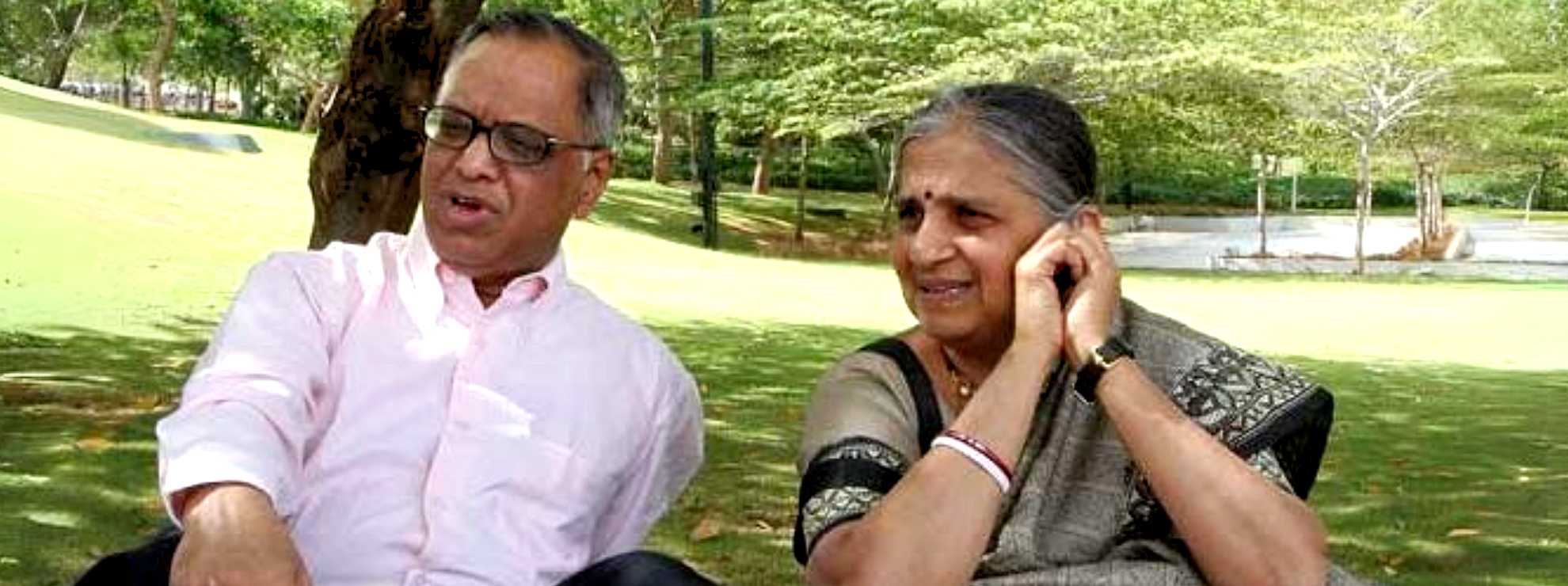

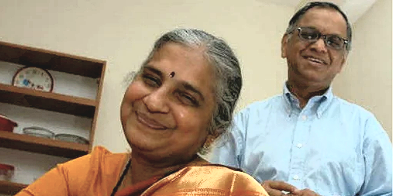
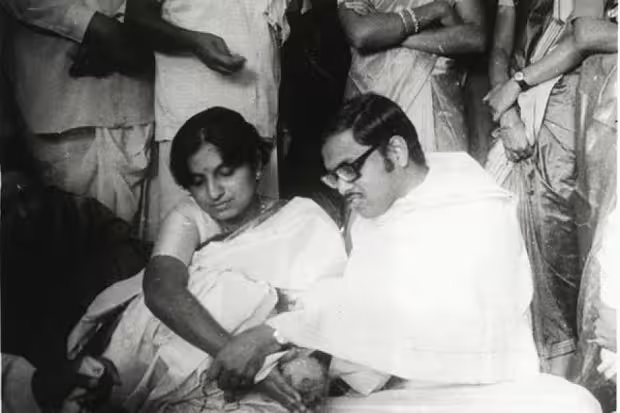 Sudha and Narayana Murthy[/caption]
Sudha and Narayana Murthy[/caption]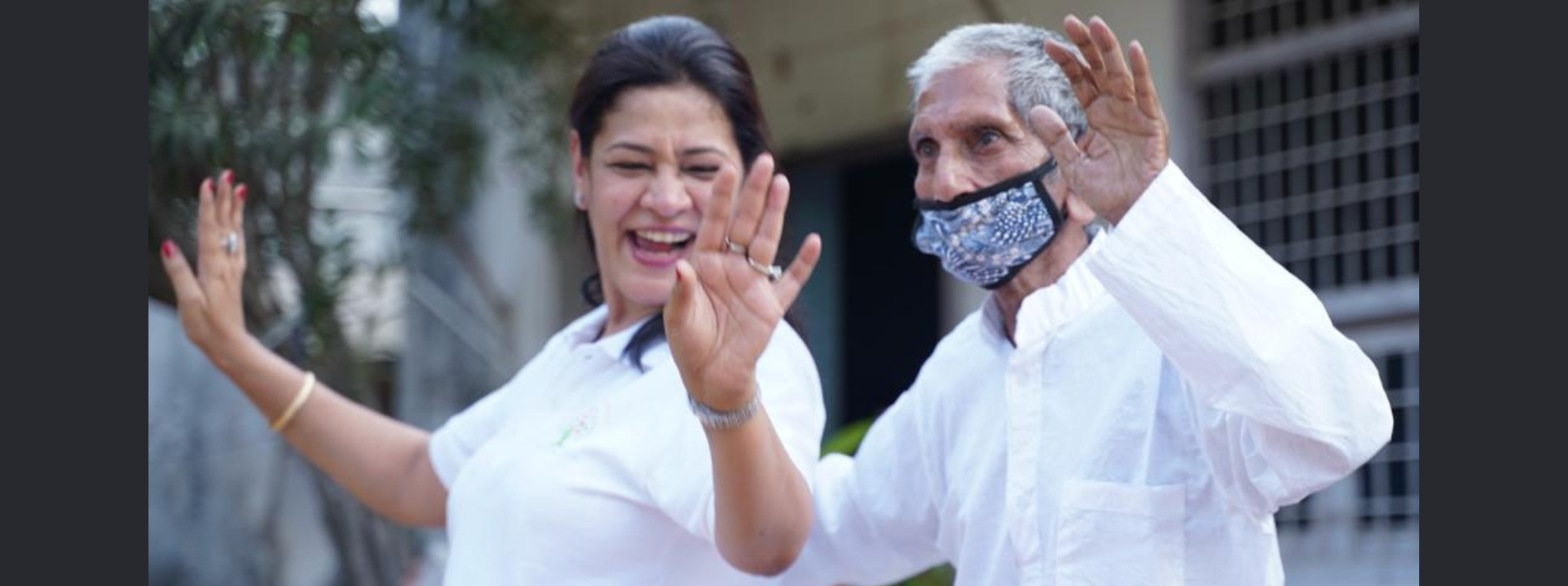
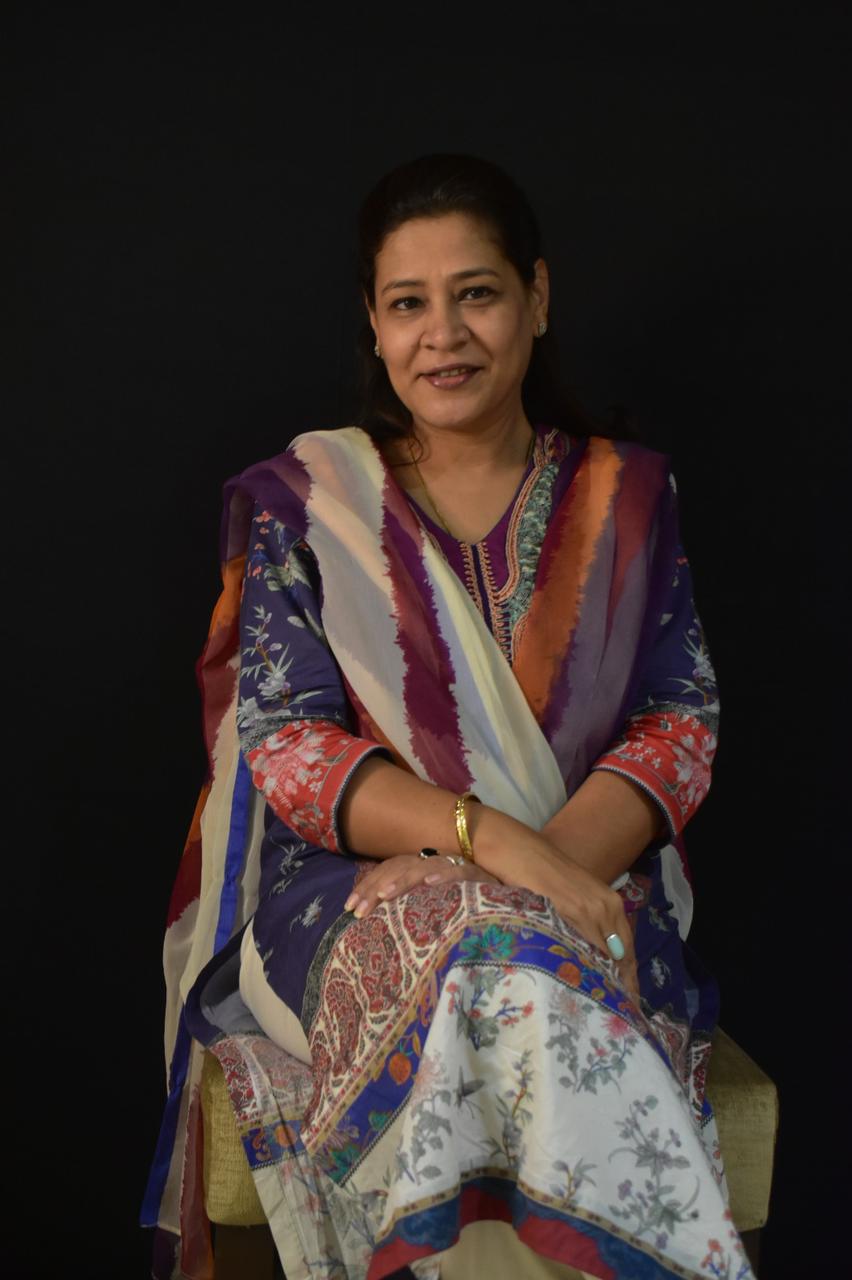 Dr Geetanjali Chopra, founder, Wishes and Blessings[/caption]
Dr Geetanjali Chopra, founder, Wishes and Blessings[/caption]
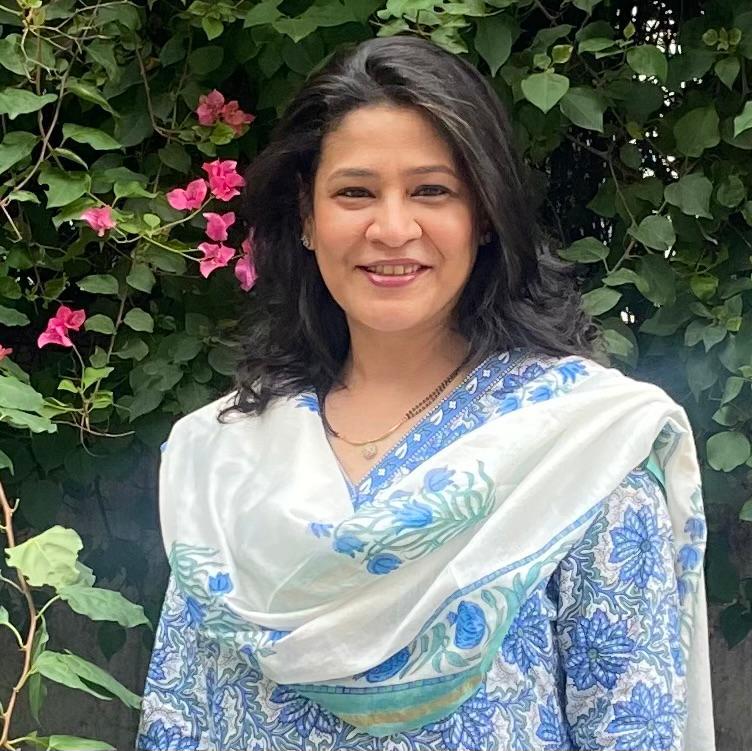

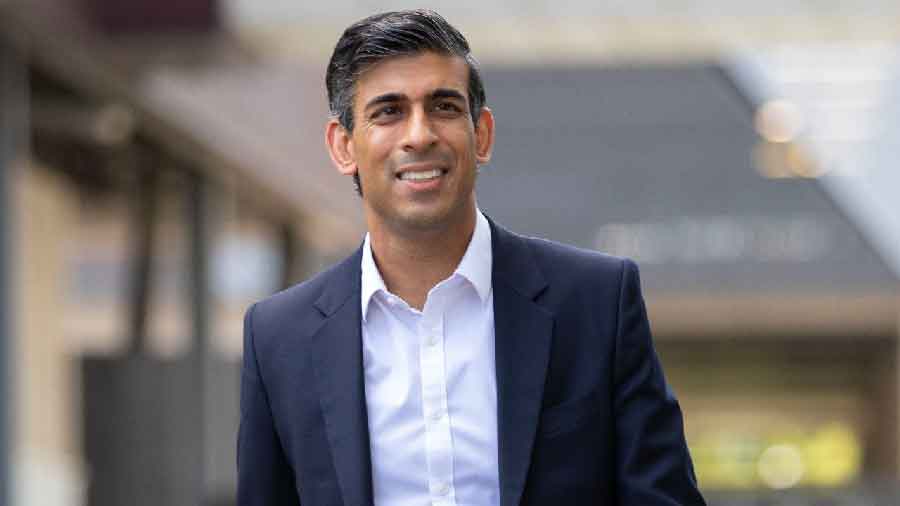 Rishi Sunak, Prime Minister, United Kingdom[/caption]
Rishi Sunak, Prime Minister, United Kingdom[/caption]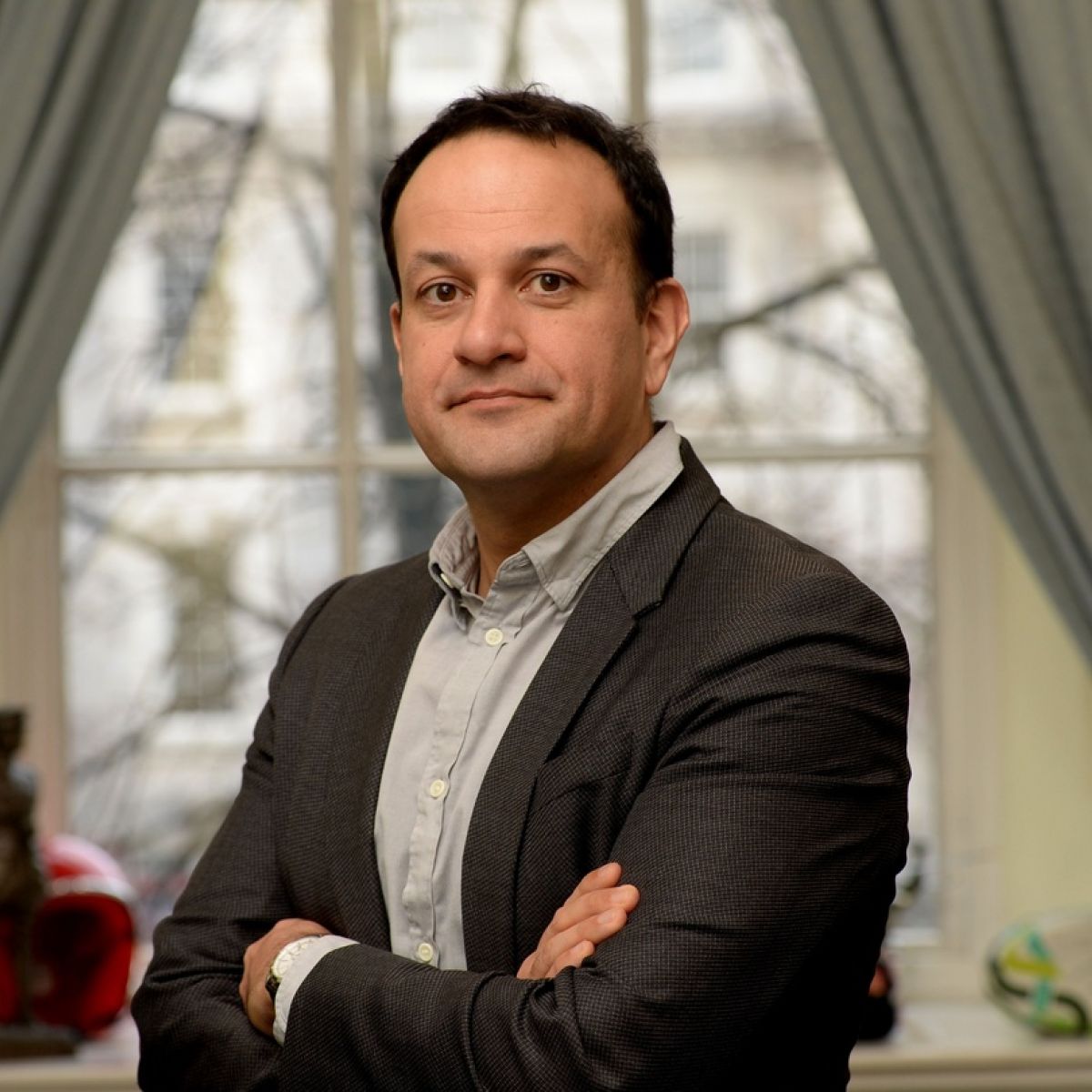 Leo Varadkar, Taoiseach (Prime Minister), Ireland[/caption]
Leo Varadkar, Taoiseach (Prime Minister), Ireland[/caption]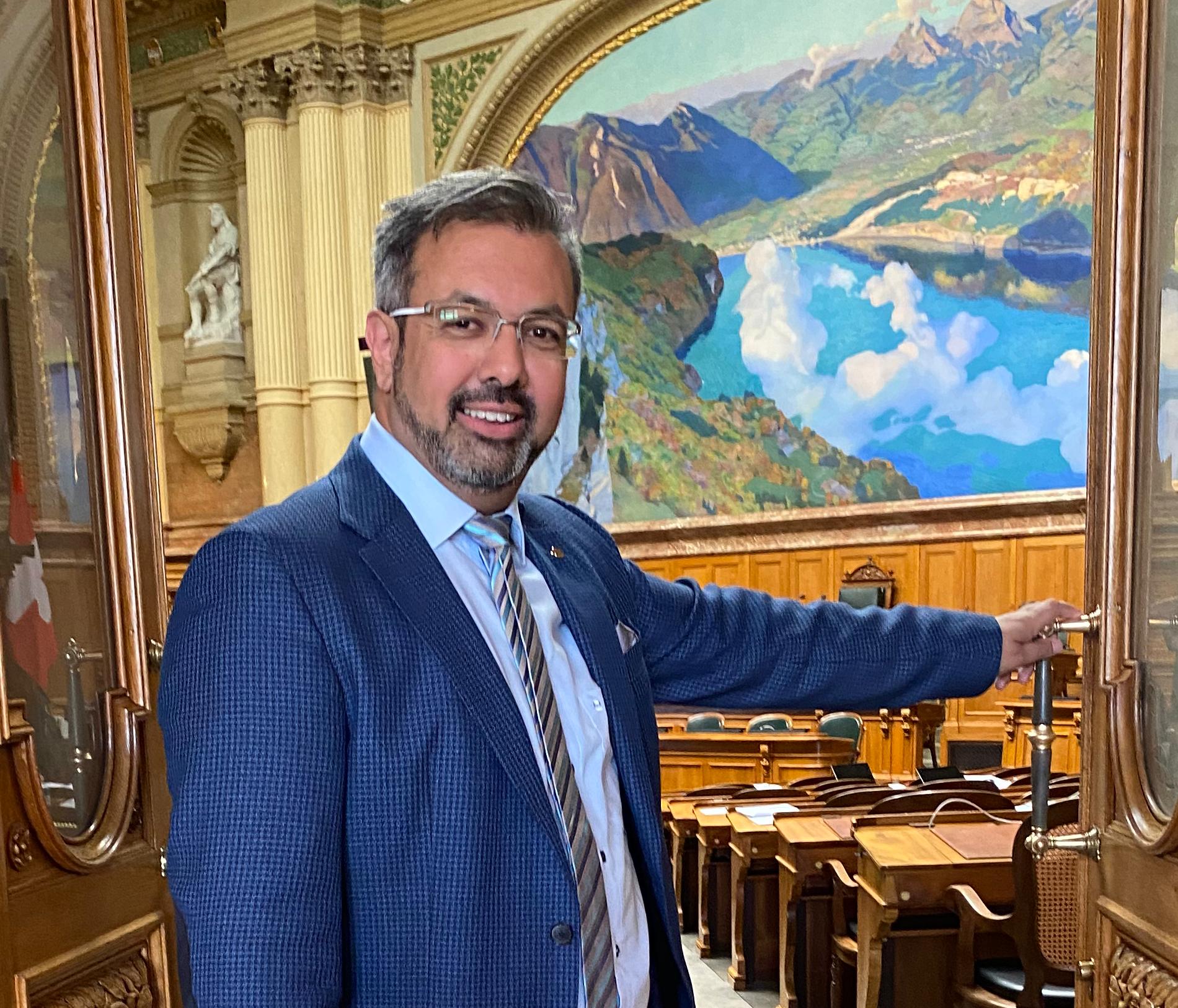 Niklaus-Samuel Gugger, member of the Swiss National Council[/caption]
Niklaus-Samuel Gugger, member of the Swiss National Council[/caption] Ambassador Gautam A. Rana with former US President, Barack Obama[/caption]
Ambassador Gautam A. Rana with former US President, Barack Obama[/caption]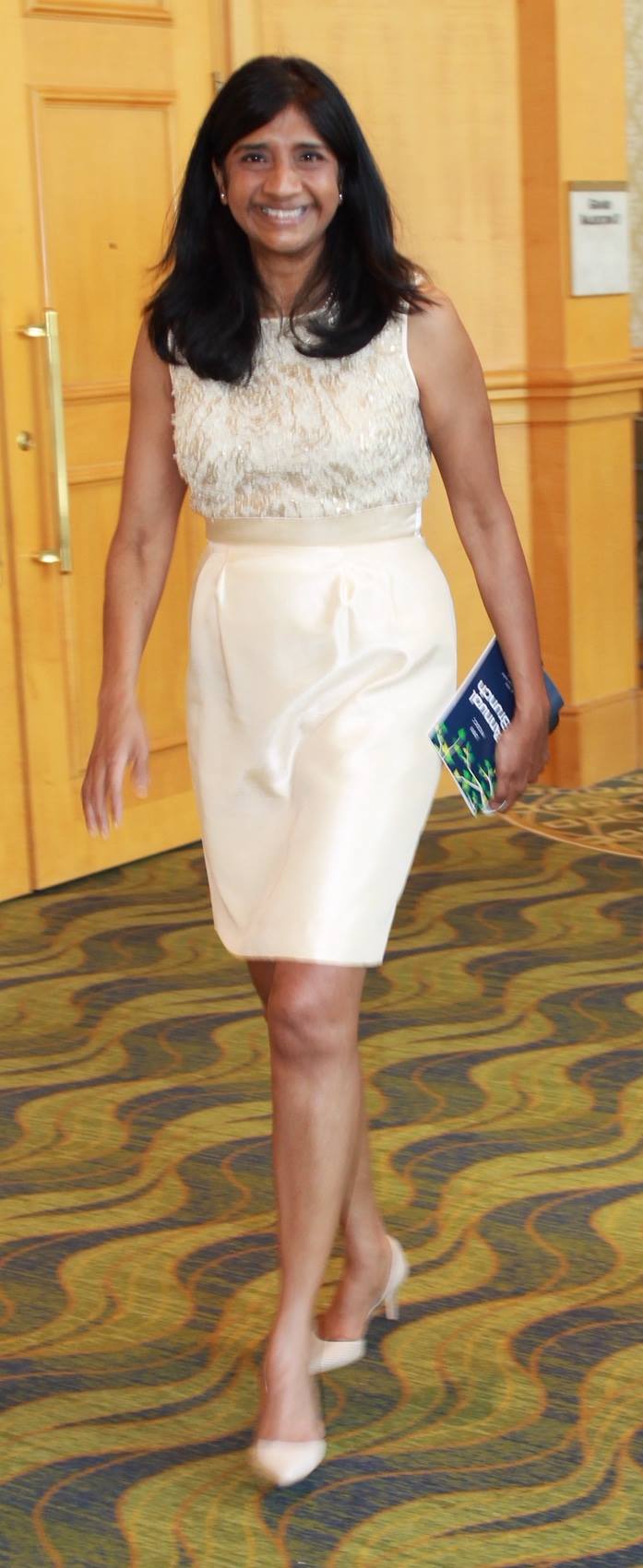 Aruna Miller, Lt Governor, Maryland[/caption]
Aruna Miller, Lt Governor, Maryland[/caption]

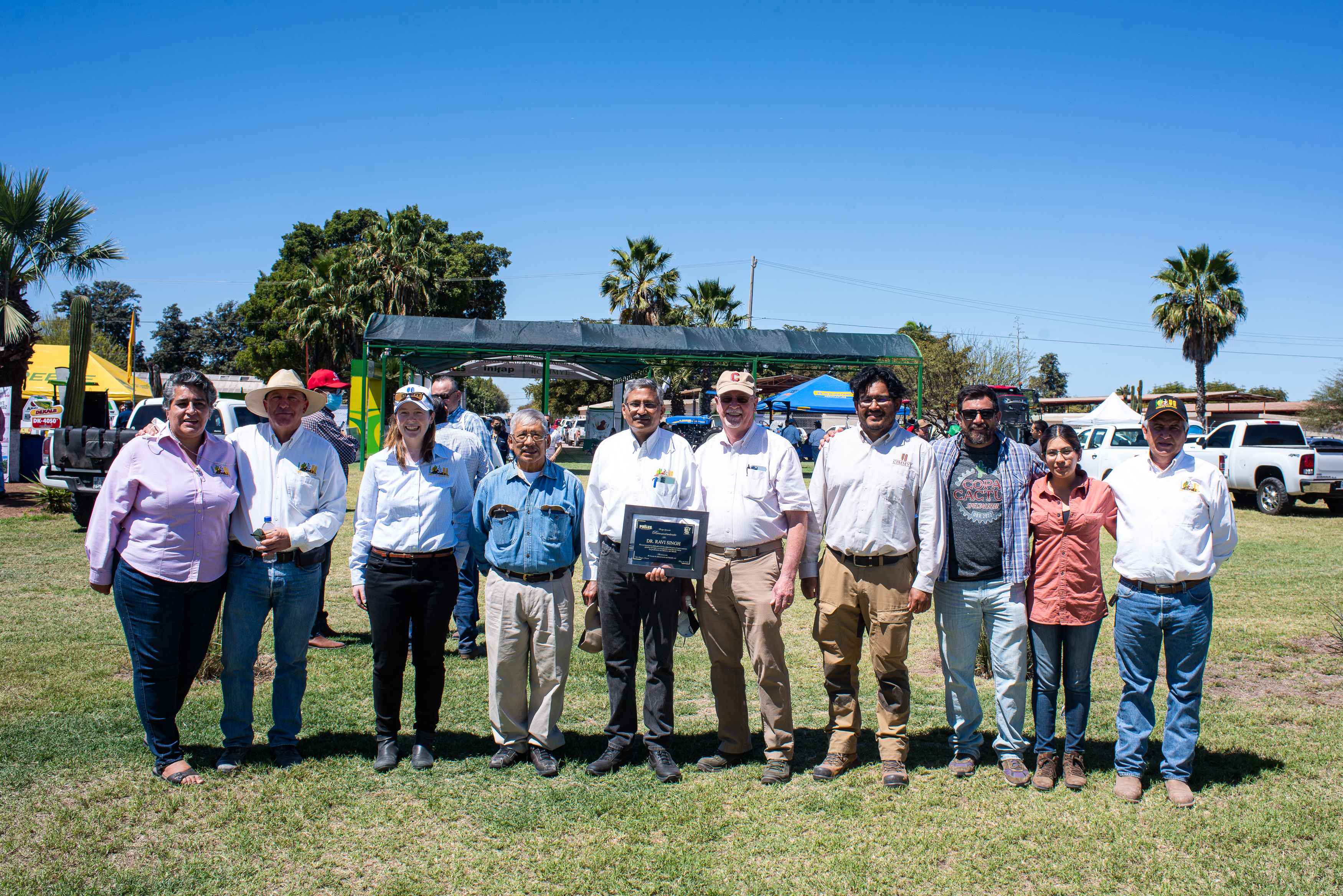 Dr Singh with his colleagues in Mexico[/caption]
Dr Singh with his colleagues in Mexico[/caption]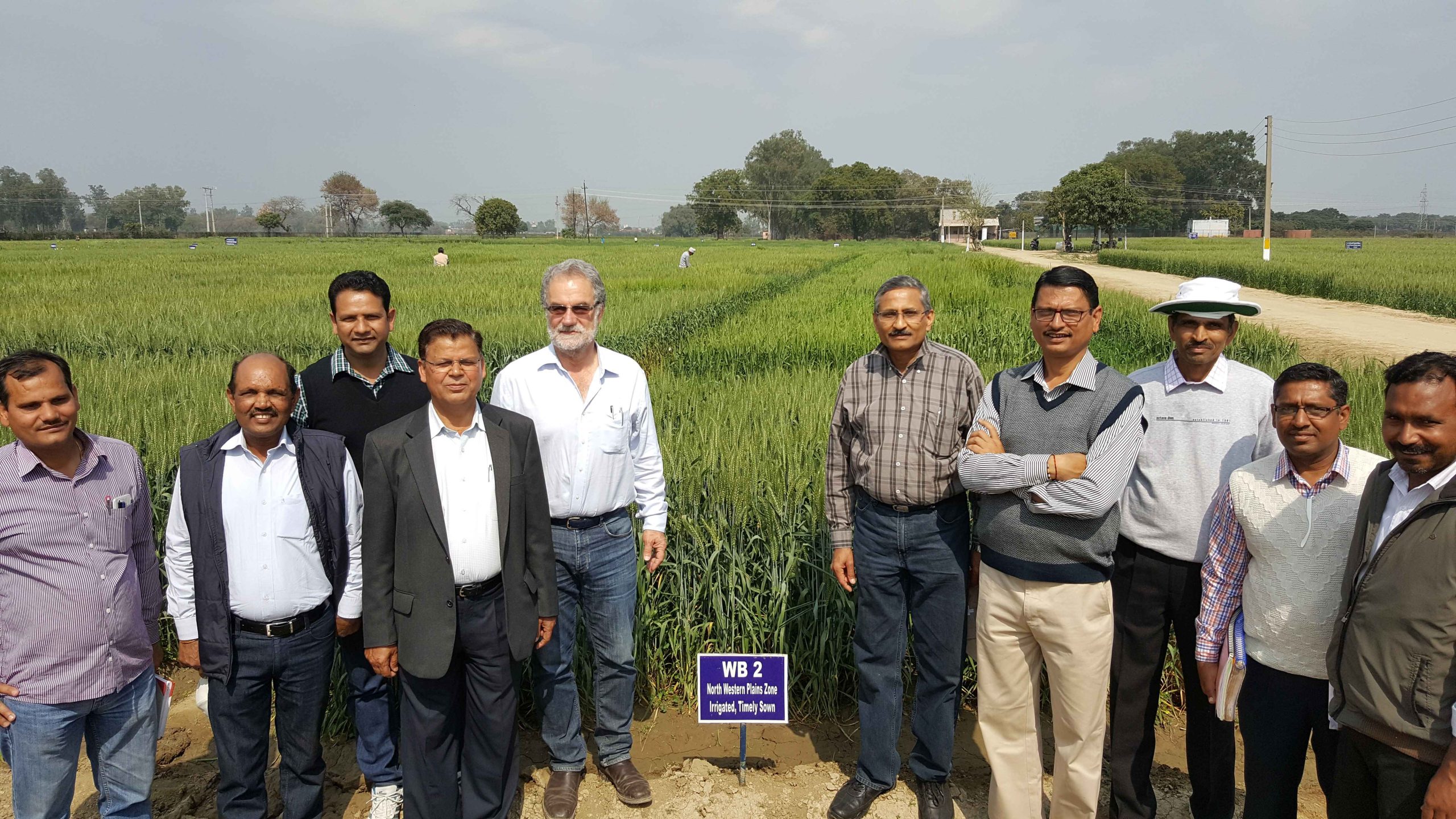 Dr Singh with his colleagues at IIWBR, India[/caption]
Dr Singh with his colleagues at IIWBR, India[/caption]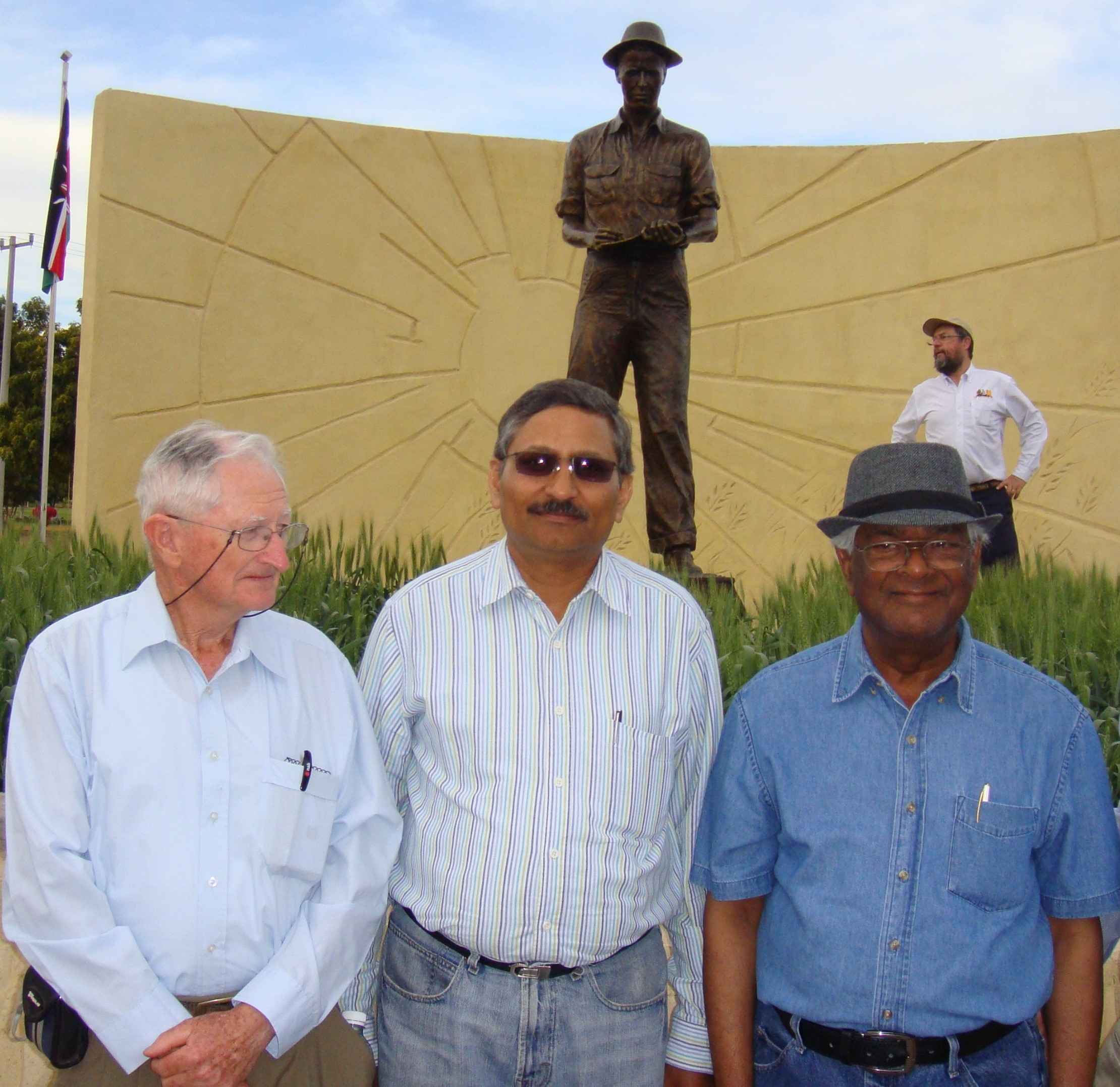 Dr. Singh (centre) with Professor Bob McIntosh (right) and Dr. Sanjaya Rajaram (left)[/caption]
Dr. Singh (centre) with Professor Bob McIntosh (right) and Dr. Sanjaya Rajaram (left)[/caption]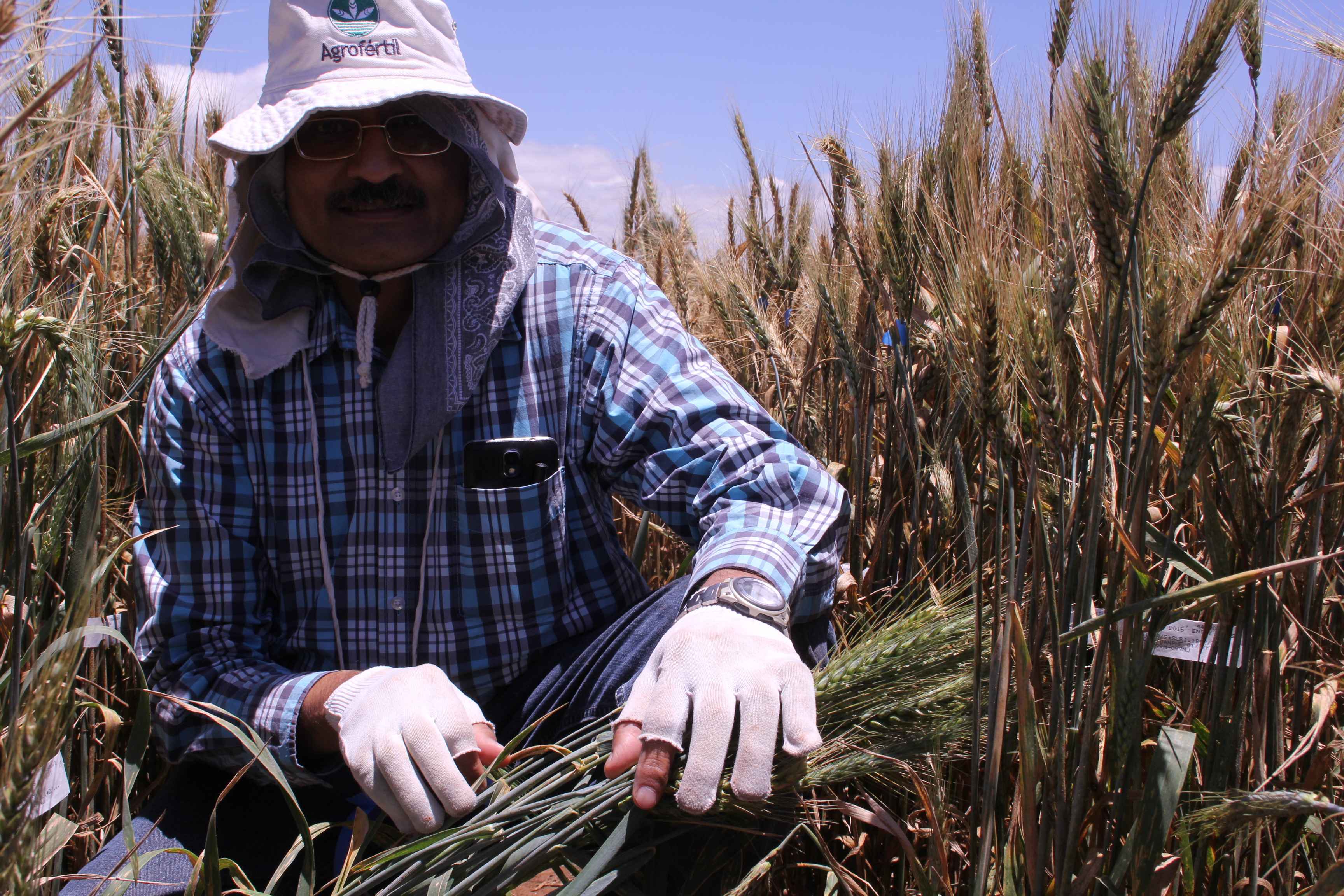

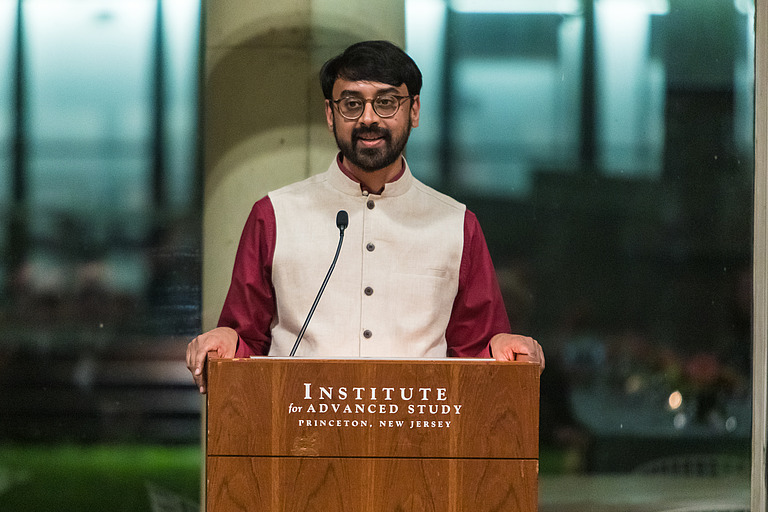 Manjul Bhargava[/caption]
Manjul Bhargava[/caption]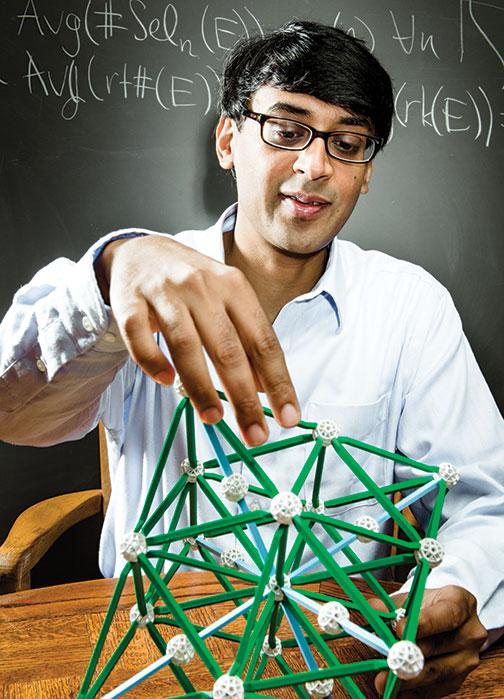 Photo:
Photo: 